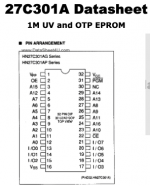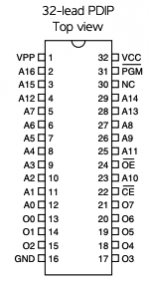XtraSmiley
Legendary
So I just got this PCB from a seller I consider reliable, but he's far away and return shipping would kill this deal as it's an inexpensive PCB to begin with. I am sadly not near anything I can do much testing with, but hoping someone may be able to give a hint based on image.
Using a HAS and OSSC to test and the only unusual thing is I have the PS set to 5v (on the HAS LED) and this game booted at 4.7 and OSSC would not sync at all. I thought it was unusual, but slowly gave it more power, about 4.85 until it booted. On my other PCBs this setting is like 5.15 so it's losing power some where and it's not a big PCB.
Anyway, the ROM checks pass and sound and gameplay seem fine, but enemy sprites are striped.
https://ibb.co/vz6LzKh
https://ibb.co/9NrVrbz
Any quick ideas? The power draw being high high indicate something, but without testing equipment, I realize this is a shot in the dark. I can provide a pic of the PCB, if it helps, but it's pretty clean from my eyeball check.
Using a HAS and OSSC to test and the only unusual thing is I have the PS set to 5v (on the HAS LED) and this game booted at 4.7 and OSSC would not sync at all. I thought it was unusual, but slowly gave it more power, about 4.85 until it booted. On my other PCBs this setting is like 5.15 so it's losing power some where and it's not a big PCB.
Anyway, the ROM checks pass and sound and gameplay seem fine, but enemy sprites are striped.
https://ibb.co/vz6LzKh
https://ibb.co/9NrVrbz
Any quick ideas? The power draw being high high indicate something, but without testing equipment, I realize this is a shot in the dark. I can provide a pic of the PCB, if it helps, but it's pretty clean from my eyeball check.




